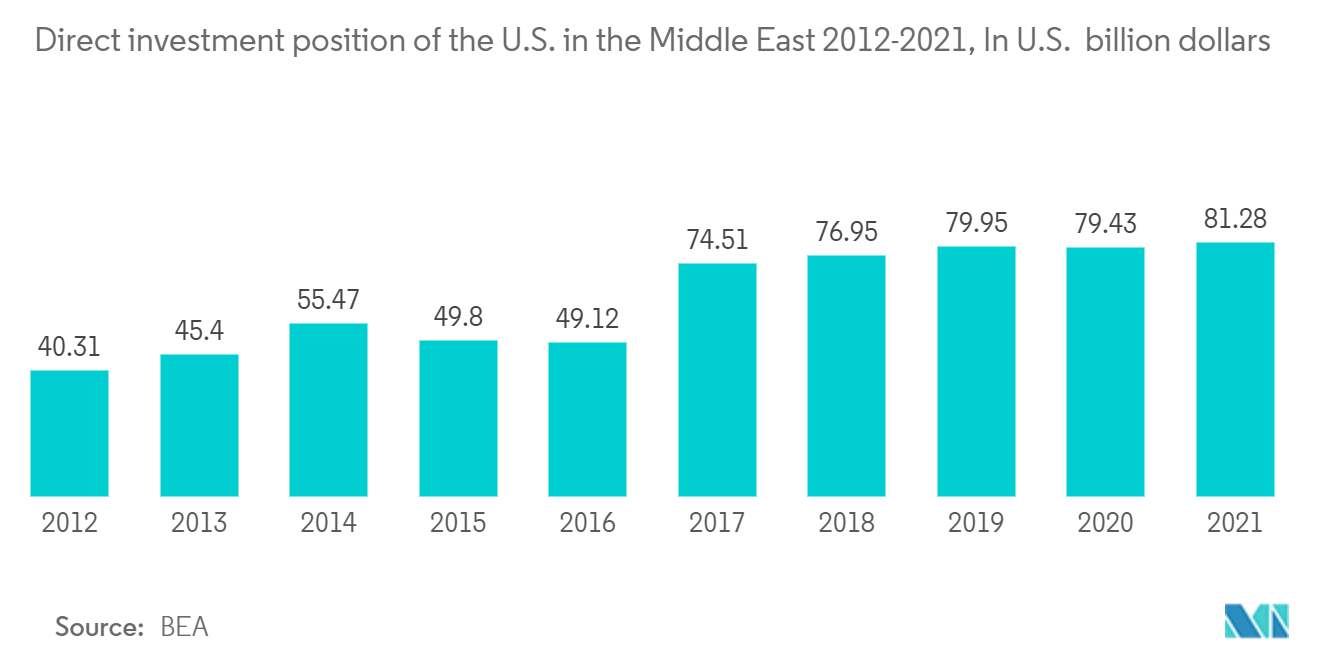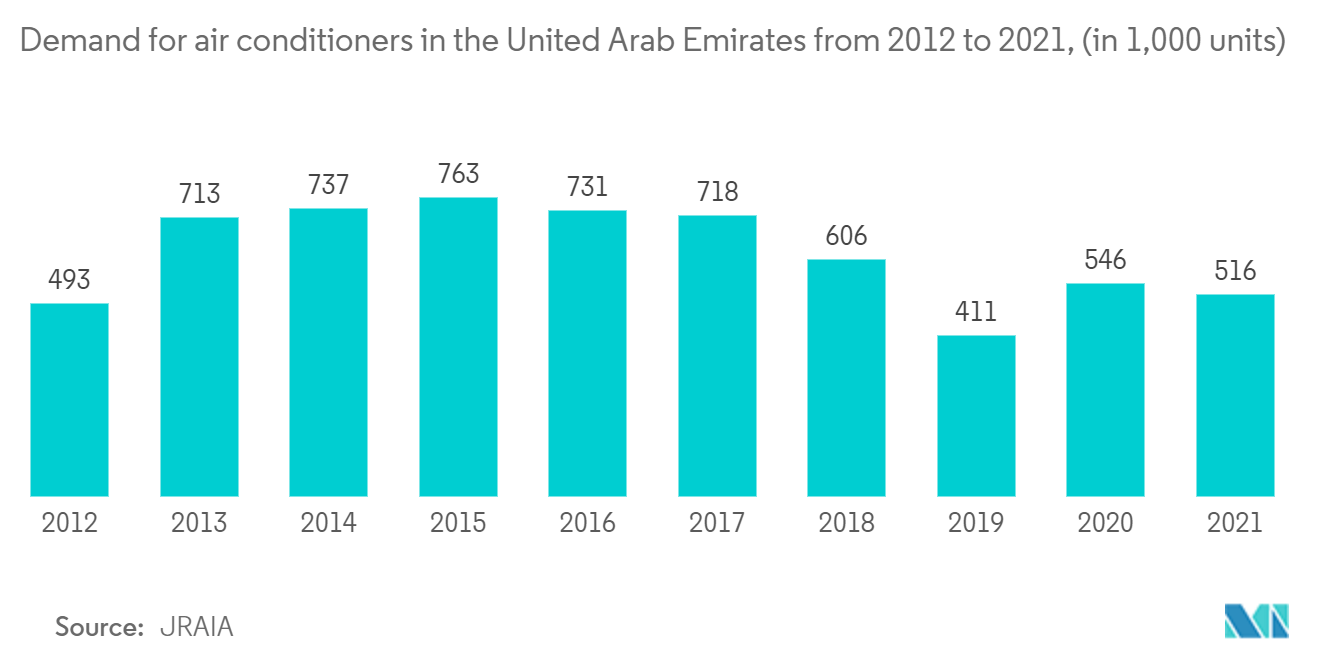Market Trends of Middle East and Africa Hard Facility Management Industry
This section covers the major market trends shaping the MEA Hard Facility Management Market according to our research experts:
Rising Commercial Infrastructure in the Region
- Rising commercial infrastructure and development activities across the Middle East and some key areas of Africa are major factors supporting the facility management industry. For instance, Saudi Arabia and UAE are investing hugely in constructing ports, trains, highways, and airports. The rapid growth of commercial buildings is expected to create a demand for hard facility services for the forecast period.
- The National Infrastructure Plan 2050 was developed by Infrastructure South Africa and was submitted to Cabinet in July last year. The plan offers a strategic vision that connects the goals of the National Development Plan to doable actions and interim results. It intends to boost infrastructure spending, generate new employment through bankable infrastructure projects, and enhance the regulatory structures that support private investment in creating and financing vital economic infrastructure.
- South Africa is the most developed market among the other African nations due to a more favorable business environment and the presence of major HFM companies. One important sector that contributes significantly to South Africa's HFM market is the private and public infrastructure sector. This market results from the nation's rapid infrastructure growth and growing demand for hotels, shops, malls, and office complexes.
- Furthermore, Saudi Arabia is becoming more accessible to the rest of the world thanks to Vision 2030, a revolutionary economic and social transformation. Vision 2030 is a strategic framework to reduce the oil dependency in the region and diversify the entire economy, thereby establishing a corporate environment that is transparent, effective, efficient, and international. Saudi Arabia has committed to approximately USD 1 trillion in development and real estate projects. Infrastructure would be crucial to the Saudi 2030 Vision's success.
- The influx of capital from international businesses in various industries has contributed favorably to the rise in demand for offices, supporting the commercial real estate industry. In the past year, countries like Oman, Saudi Arabia, Qatar, and UAE have bagged stellar foreign investment for infrastructural development. A case in point, to establish itself as a digital hub, Saudi Arabia launched several technological projects in August last year totaling more than USD 1.2 billion. The country will advance in the tech sector thanks to commitments from major titans like Apple and Microsoft to establish training academies and Google's ambitions to create innovation hubs.
- According to BEA, The United States invested around USD 81.28 billion in the Middle East last year. The United States had a total direct position of USD 6.49 trillion overseas. The research shows that the country's investment in the Middle East has increased significantly in the past decade.

U.A.E Holds a significant HVAC Service Market
- UAE is one of the largest shareholders of the HVAC service market in the Middle East. The ever-growing construction sector is one of the main factors fuelling the UAE's HVAC service market expansion. The government is making significant investments in a new and improved transportation system. Inevitably, these projects will increase demand for HVAC systems maintenance in this Middle Eastern country.
- Due to the desert and the infusion of humidity from the Persian Gulf, the nation has hot and humid weather for most of the year. It is safe to predict that HVAC system sales in the UAE are anticipated to rise in the upcoming years. Therefore, the HVAC service category will command a greater market share in 2030. This is due to the growing need for HVAC maintenance and installation services, which is brought on by the nation's need to maintain system performance, efficiency, and lifespan.
- For the UAE government protecting the environment and public health are vital goals. One of the eight pillars of the UAE General Environmental Policy, which the Cabinet adopted in November 2020, is improving the air quality. Also, air quality was one of the main concerns on the UAE National Vision 2021 agenda. By 2021, the plan seeks to increase air quality from its present level to 90%. Power and fuel usage may be greatly reduced by replacing obsolete HVAC equipment and improving the efficiency of the duct system. Also, changing the air filter regularly and upgrading the thermostat to a smart one can help substantially. These cutting-edge technological solutions can significantly reduce carbon footprint and pollutants.
- In the Post covid times, the need for HVAC services in the country has increased. Properly configuring ducted HVAC system services can reduce recirculation and speed up the exchange of new air from outside the structure. The HVAC equipment may need to be upgraded in slightly older commercial buildings and hotels with outdated or rigid systems. Also, proper HVAC system maintenance ensures air filtration and purification, a priority in the post covid scenario for a country like UAE, which covers commercial buildings, hotels, and entertainment centers.
- According to JRAIA, there was a 516-thousand-unit demand for air conditioning in the UAE in 2021. Figures for the observed period peaked in 2015 at around 763 thousand units but have slightly declined since then. This downward trend was only broken in 2020 with a demand surging 546-thousand-unit.


